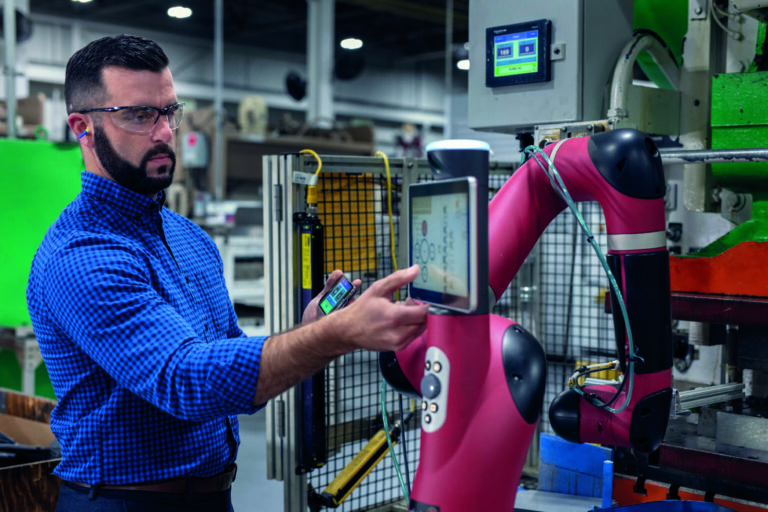Understanding the Diag Image: A Deep Dive into Diagnostic Software Images
A diag image, short for diagnostic image, is a special type of software image that provides controlled access to a device’s internal hardware components. It is often used by developers, engineers, and technicians to troubleshoot, repair, or analyze a device without needing to dismantle it physically. While its function may sound technical, the underlying concept is straightforward — it’s a dedicated environment created to reveal the inner workings of a system.
In this article, we’ll explore what a diag image is, why it exists, how it works, and the scenarios where it plays an essential role.
What Is a Diag Image?
A diag image is essentially a stripped-down, specialized version of a device’s operating environment. Instead of focusing on user features or apps, it contains tools and commands that interact directly with hardware components such as the processor, memory, storage, battery, display modules, and communication chips.
Think of it as a virtual inspection room where every part of a device can be examined, tested, and sometimes modified. This is different from regular system software, which is designed primarily for day-to-day usage.
Why Devices Need a Diag Image
Modern devices — from smartphones and tablets to network equipment and embedded systems — are built with complex hardware layers. When something goes wrong, it is not always clear whether the problem lies in the hardware, firmware, or software.
The diag image solves this problem by:
- Providing a safe, isolated environment for troubleshooting
- Offering tools to detect faulty components
- Allowing firmware engineers to test configurations before deployment
- Enabling hardware diagnostics without interfering with user data
Without a diag image, diagnosing certain issues would require physical disassembly or guesswork, both of which can be time-consuming and risky.
Key Features of a Diag Image
While different devices may have unique implementations, a diag image typically includes the following capabilities:
1. Hardware Testing Tools
It can run detailed checks on sensors, cameras, storage drives, wireless modules, and other components. These tools can help verify whether hardware parts are functioning correctly.
2. Low-Level Access
Unlike a normal operating system, a diag image can directly communicate with hardware registers and embedded controllers. This enables accurate data collection for analysis.
3. Error Logging
Diag images can store logs that document system health, error codes, and unusual behaviors. Engineers can use these logs to track recurring issues.
4. Controlled Environment
It is built to be isolated from the main user interface, ensuring that any diagnostic operation does not damage the regular operating system or user data.
How a Diag Image Works
The process begins with booting the device into diagnostic mode. This mode loads the diag image instead of the normal operating system. Once loaded, the image provides a menu or command-line interface with diagnostic tools.
From there, technicians can perform various actions:
- Check hardware temperature and voltage levels
- Run stress tests on CPUs and GPUs
- Validate storage integrity
- Examine battery health metrics
- Test signal strength for wireless components
When testing is complete, the device can be rebooted back into its standard operating environment.
Common Use Cases
The diag image is used in a variety of situations, including:
Manufacturing Quality Control
Before a device leaves the factory, the manufacturer may boot it into a diag image to run automated tests. This ensures that all hardware components are functioning as intended.
Repair and Servicing
Repair centers often rely on diag images to quickly pinpoint the root cause of an issue. Instead of replacing random parts, technicians can identify exactly which module has failed.
Firmware Development
During the creation or modification of firmware, developers may use diag images to ensure hardware compatibility and stability.
Performance Monitoring
In certain industries, devices operate under harsh conditions. A diag image can periodically check the hardware’s health to prevent sudden failures.
Security Considerations
Because a diag image has deep access to hardware, it must be used responsibly. If mishandled, it could expose sensitive data or allow unauthorized changes to the device. For this reason, access to the diag image is often restricted to trusted technicians or locked behind authentication.
Manufacturers typically:
- Protect it with special boot keys or passwords
- Encrypt the image to prevent tampering
- Limit its distribution to service partners
Benefits and Limitations
Advantages
- Faster troubleshooting: No need for unnecessary part replacements
- Accurate diagnostics: Identifies exact hardware issues
- Non-destructive testing: Avoids damaging user data during checks
- Versatility: Works across different hardware generations if designed properly
Drawbacks
- Restricted access: Not available to everyday users
- Potential security risks: Requires strict control to avoid misuse
- Device-specific nature: A diag image built for one model may not work on another
The Future of Diag Images
As devices become more complex, the role of diag images is likely to expand. Future versions might incorporate AI-driven diagnostics that can predict hardware failures before they occur. Additionally, with the rise of remote maintenance, diag images could be operated over secure connections, allowing technicians to troubleshoot devices without being physically present.
Conclusion
A diag image is a powerful diagnostic tool that bridges the gap between hardware complexity and troubleshooting efficiency. By giving experts access to low-level components in a safe, controlled way, it plays an essential role in manufacturing, repair, and maintenance.
Whether it’s ensuring a smartphone camera works flawlessly before shipping or diagnosing why a network router is malfunctioning, the diag image is a behind-the-scenes hero of modern technology.






